Queen Hatshepsut
Hatshepsut, the daughter, and only child of the 18th-dynasty pharaoh Thutmose I and his spouse Ahmose, was married to her half brother Thutmose II, son of the lady Mutnofret, second wife of Thutmose I, who carried the title Pharaoh’s daughter and was probably a child of Ahmose I. Since three of Mutnofret’s older sons had died prematurely, Thutmose II inherited his father’s throne about 1492 BCE, with Hatshepsut as his consort. Hatshepsut and Thutmose II had a daughter named Neferure. After having their daughter, Hatshepsut could not bear any more children. Thutmose II with Iset, a secondary wife, would father Thutmose III, who would succeed Hatshepsut as pharaoh. Hatshepsut died at about 1479 BCE, the throne was passed to his son Thutmose III, born to Iset. As Thutmose III was an infant, Hatshepsut acted as regent for the young king.
Her Reign
The first few years of her stepson’s monarchy, Hatshepsut was a completely standard regent. By the end of her seventh regnal year, she had been ordained as Pharaoh and embraced a full royal titulary (the royal protocol adopted by Egyptian monarchs). Hatshepsut and Thutmose III were now co-rulers of Egypt, with Hatshepsut very much the presiding Pharaoh. Hitherto Hatshepsut had been portrayed as a typical queen, with a female body and suitable feminine attires.
Hatshepsut was said to have reigned for about 21 years by ancient authors. Josephus and Julius Africanus both retell Manetho’s king list, referring to a woman called Amessis or Amensis who has been identified as Hatshepsut. In Josephus’ writing, her reign was described to have lasted 21 years and nine months, while Julius stated it was twenty-two years. At this point in history, records of the reign of Hatshepsut end, since the first major foreign campaign of Thutmose III was dated to his 22nd year, which also would have been Hatshepsut’s 22nd year as pharaoh.
Dating the beginning of her reign is more demanding, however, her father’s reign began in either 1526 or 1506 BC according to the high and low estimates of her reign, respectively. The length of the reigns of Thutmose I and Thutmose II, however, cannot be determined with complete certainty. With short reigns, Hatshepsut would have ascended the throne 14 years after the ascension of Thutmose I, her father. Longer reigns would put her ascension 25 years after Thutmose I’s coronation. Thus, Hatshepsut could have assumed power as early as 1512 BC, or, as late as 1479 BC.
Her legacy
Hatshepsut achieved majorly two things during her reign which were, restoring the trade networks and constructing monumental buildings.
- Trade networks
Hatshepsut restored the trade networks that had been disorganized during the Hyksos occupation of Egypt during the Second Intermediate Period, thereby building the wealth of the Eighteenth Dynasty. She oversaw the preparations and funding for a mission to the Land of Punt. This trading expedition to Punt was rough during the ninth year of Hatshepsut’s reign.
Hatshepsut also sent raiding expeditions to Byblos and the Sinai Peninsula shortly after the Punt expedition. Very little is known about these expeditions. Although many Egyptologists have claimed that her foreign policy was mainly peaceful, it is possible that she led military campaigns against Nubia and Canaan.
- Building projects
Djeser-Djeseru is the main building of Hatshepsut’s mortuary temple complex at Deir el-Bahri. Designed by Senemut, her vizier, the building is an example of perfect symmetry that predates the Parthenon, and it was the first complex building on the site she chose, which would become the Valley of the Pharaohs.
Hatshepsut was one of the most creative builders in Ancient Egypt, authorizing hundreds of construction projects all through both Upper Egypt and Lower Egypt. Arguably, her buildings were grander and more numerous than those of her Middle Kingdom predecessors. Later pharaohs tried to claim some of her projects as theirs. She employed the great architect Ineni, who also had worked for her father, her husband, and for the royal steward Senemut. During her reign, so much statuary was produced that almost every major museum with Ancient Egyptian artifacts in the world has Hatshepsut statuary among its collections.
Following the tradition of most pharaohs, Hatshepsut had monuments constructed at the Temple of Karnak. She also restored the original Precinct of Mut, the ancient great goddess of Egypt, at Karnak that had been ravaged by the foreign rulers during the Hyksos occupation. It later was severely damaged by other pharaohs, who took one part after another to use in their own pet projects. The precinct awaits restoration. She had twin obelisks, at the time the tallest in the world, erected at the entrance to the temple. One still stands, as the tallest surviving ancient obelisk on Earth; the other has broken in two and leveled. Another project, Karnak’s Red Chapel, or Chapelle Rouge, was intended as a barque shrine and originally may have stood between her two obelisks. It was lined with carved stones that depicted significant events in Hatshepsut’s life.
Later, she ordered the construction of two more obelisks to celebrate her 16th year as pharaoh; one of the obelisks broke during construction and a third was therefore constructed to replace it. The broken obelisk was left at its quarrying site in Aswan, where it still remains. Known as the Unfinished Obelisk, it provides evidence of how obelisks were quarried.
- Peristyle design of Hatshepsut temple
The Temple of Pakhet was built by Hatshepsut at Beni Hasan in the Minya Governorate south of Al Minya. The cavernous underground temple, cut into the rock cliffs on the eastern side of the Nile, was admired and called the Speos Artemidos by the Greeks during their occupation of Egypt, known as the Ptolemaic Dynasty. They saw the goddess as akin to their hunter goddess, Artemis. The temple is thought to have been built alongside much more ancient ones that have not survived.
Following the tradition of many pharaohs, the masterpiece of Hatshepsut’s building projects was a mortuary temple. She built hers in a complex at Deir el-Bahri. It was designed and implemented by Senenmut at a site on the West Bank of the Nile River near the entrance to what now is called the Valley of the Pharaohs because of all the pharaohs who later chose to associate their complexes with the grandeur of hers. Her buildings were the first grand ones planned for that location.
Following her death, Thutmose III ruled Egypt alone for 33 years. At the end of his reign, an attempt was made to remove all traces of Hatshepsut’s rule. Her statues were torn down, her monuments were defaced, and her name was removed from the official pharaoh’s list. Early scholars interpreted this as an act of vengeance, but it seems that Thutmose was ensuring that the succession would run from Thutmose I through Thutmose II to Thutmose III without female interruption.


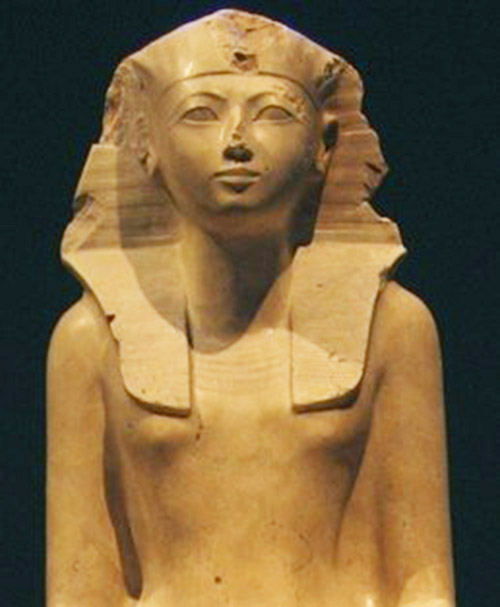
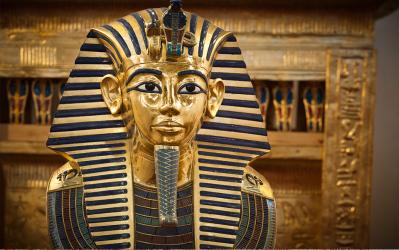
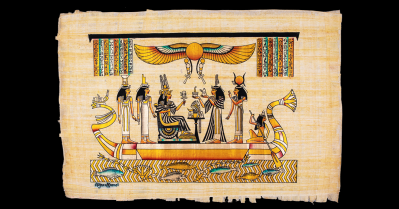
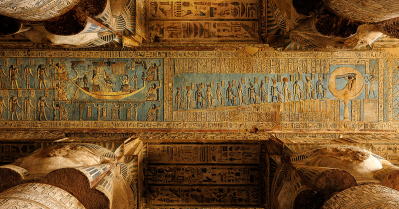
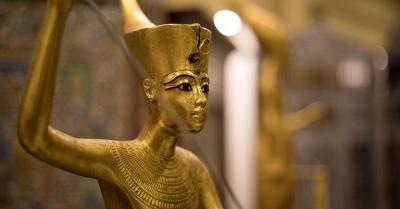
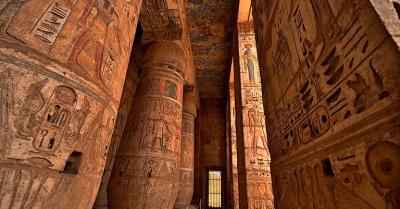
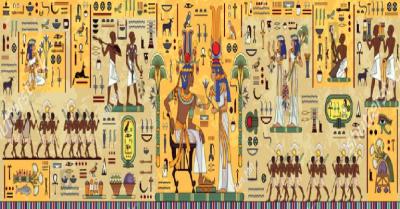
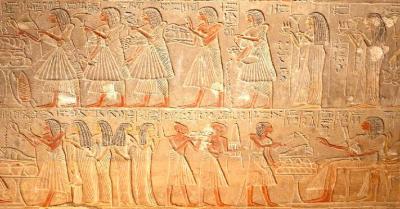
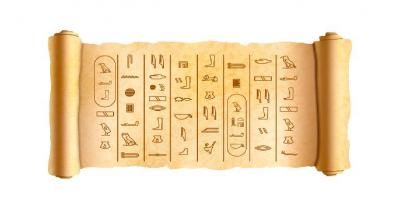

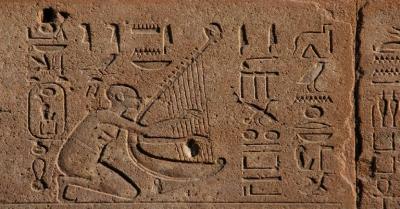

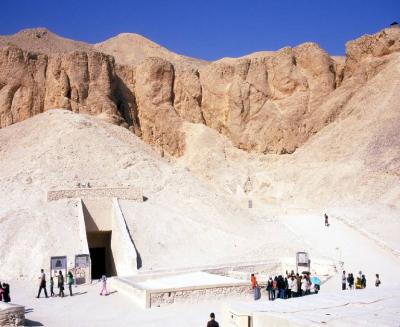
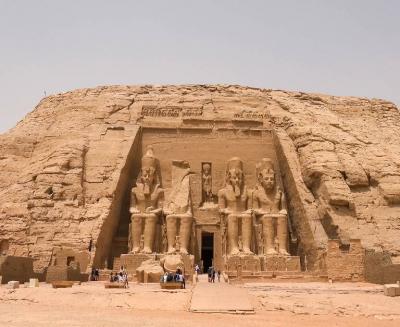
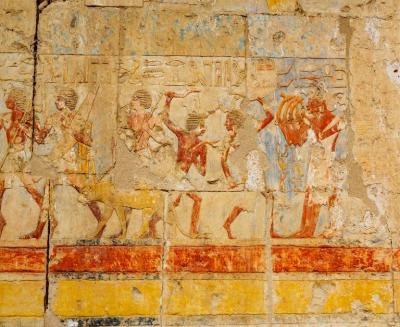
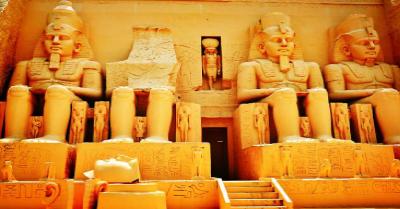
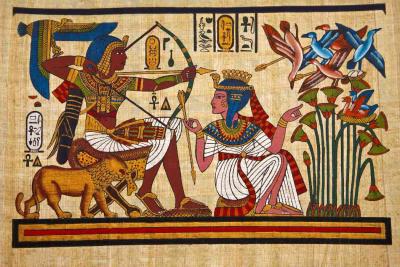
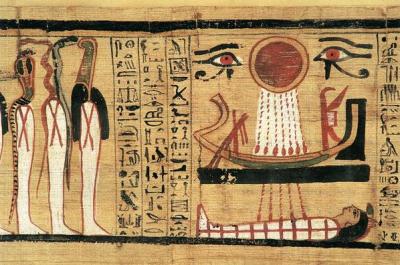
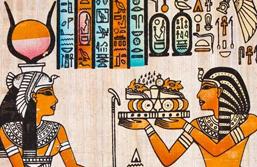
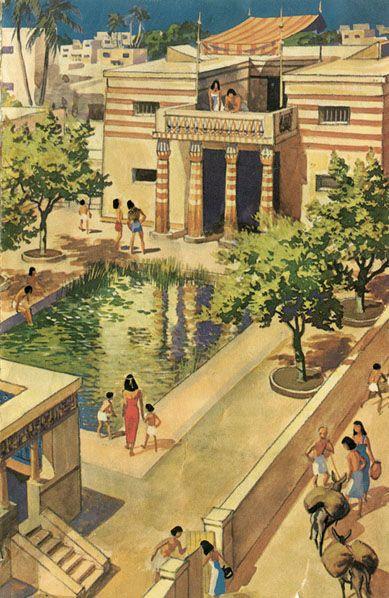
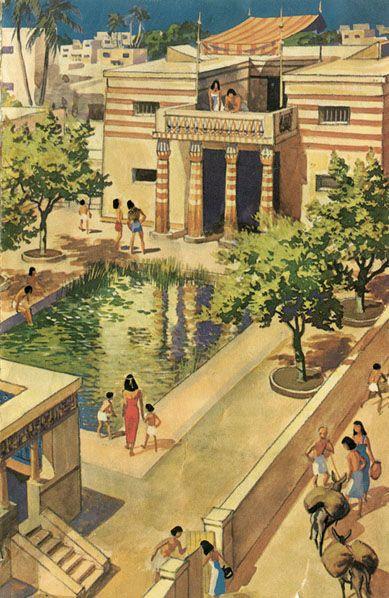
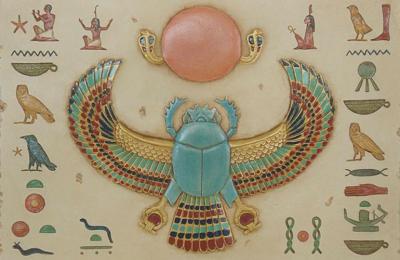
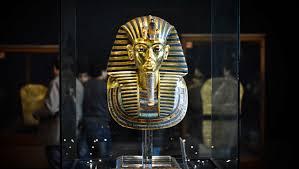
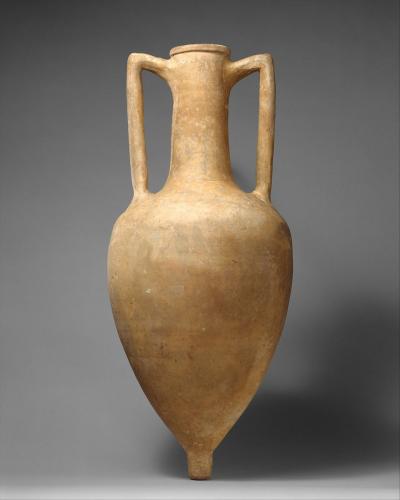
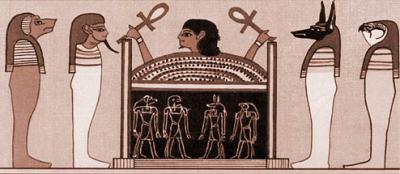
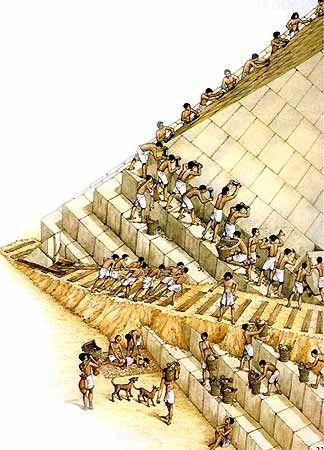

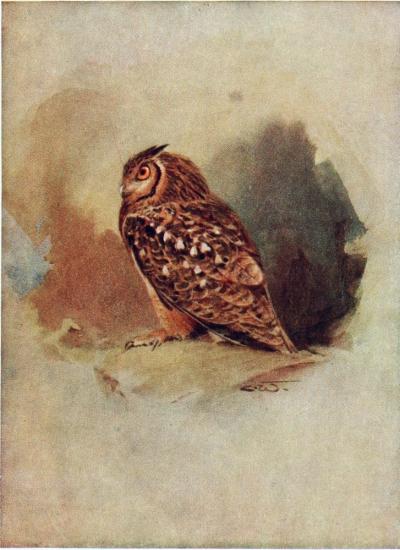
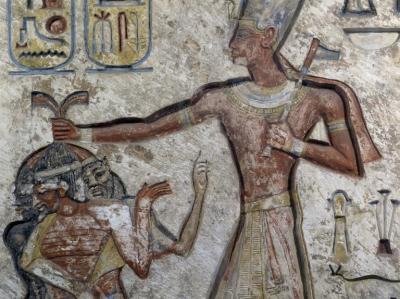




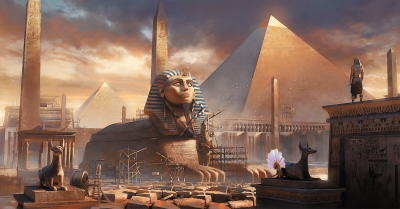
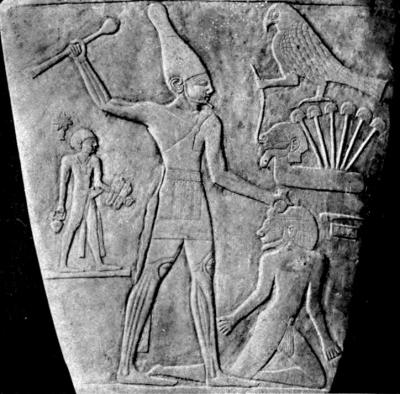








Comments